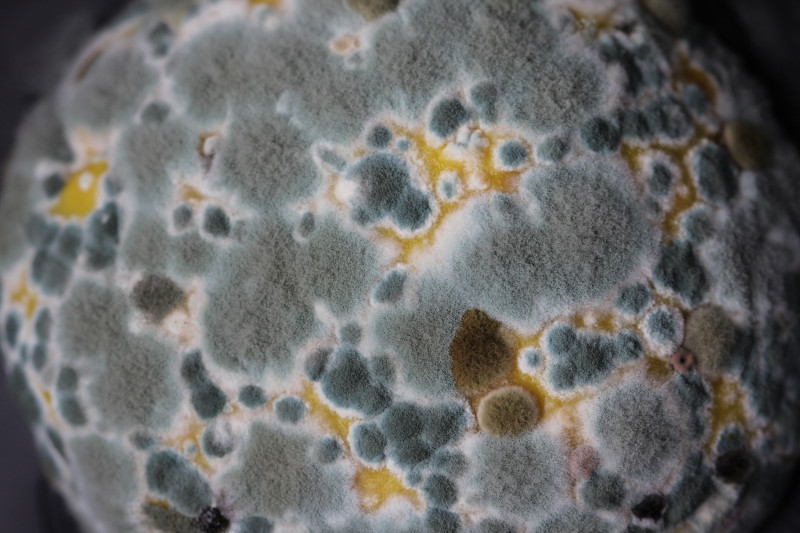Exposure to Mold Raises Risk of COPD Flare-ups in Small UK Study

Sandy Millar/Unsplash
Patients with chronic obstructive pulmonary disease (COPD) who engage in activities that put them at risk of being exposed to mold are more likely to experience disease flare-ups, a small U.K. study has found.
This may be related to Aspergillus, a type of fungus that grows in damp or dusty environments, such as decaying vegetation, compost, air conditioning systems, and damp ceilings and walls, according to researchers.
The study, “Impact of self-reported environmental mould exposure on COPD outcomes,” was published in the journal Pulmonology.
Exposure to mold is known to trigger respiratory problems, but its contribution to COPD was unclear.
“It must be stressed that most people will be unaffected by mould, but this research demonstrates quite clearly that people with COPD will have an increased risk of ill-health if exposed,” Chris Kosmidis, MD, PhD, the study’s lead author, said in a university press release.
In the new study, researchers asked patients with COPD to complete a questionnaire that included questions about potential exposure to mold at work, at home, or outdoors.
Of the 140 COPD patients who took part in the study, 60 (43%) also had chronic pulmonary aspergillosis, a long-term Aspergillus infection that is characterized by lung inflammation and damage.
Patients ranged in age from 40 to 87 years, with a mean average of 66.9 years. There were 76 (54%) men and 39 (28%) active cigarette smokers. The mean time since COPD diagnosis was 11.5 years.
In the year prior to the study, 121 (87%) had seen their general practitioner for respiratory problems, 110 (81%) had received antibiotics for a chest infection, 44 (32%) had visited the emergency department with respiratory symptoms, and 38 (18%) had been hospitalized.
“Certain self-reported domestic and outdoor exposures thought to be associated with mould were associated with worse outcomes in COPD,” the researchers wrote.
The most commonly reported sources of potential mold exposure included having a garden (85%), vacuuming at least once weekly (85%), and not asking visitors to remove shoes when entering their home (83%). A total of 55 (39%) patients reported having visible mold at home.
When researchers looked for a link between mold exposure and COPD outcomes, they found that patients with COPD were four times more likely to visit a general practitioner for chest problems at least four times in the previous year if they vacuumed their home once weekly or more often.
In addition, those who worked in agriculture and those who did not ask visitors to remove shoes when entering their home were three times more likely to visit a general practitioner for chest problems at least four times in the previous year.
Investigators also found that COPD patients were three to five times more likely to require four or more antibiotic courses in the previous year if they lived within one mile of industrial composting sites, vacuumed once weekly or more often, and did not ask visitors to remove shoes when entering their home.
“We’re not able to generalise about the specific risk to COPD patients exposed to mould from this relatively small sample. However, it would be fair to conclude that activities which bring COPD patients into contact with mould may increase the risk of flaring and hospitalisation,” said Kosmidis, who is also a senior lecturer at The University of Manchester in the U.K.
“Mould is present in homes and outdoors, but certain activities may increase the amount,” he added. “As it is well known that admission to hospital carried a higher risk of death for COPD patients, it is clear that preventing those flares is an important goal of clinical staff.”
According to the press release, preventive measures to reduce mold exposure might include ventilating the home more often, opening a window during and after vacuuming, maintaining the vacuum cleaner, taking off shoes when entering the home, and removing all visible mold at home.







